
Dermatoglyphics Multiple Intelligences Test (DMIT): review!

APRIL 8, 2014
Dermatoglyphics Multiple Intelligences Test (DMIT): a fundamental review!
What is the 'Dermatoglyphics Multiple Intelligences Test' (DMIT)?
DMIT is an appealing commercial product which suggests that 'multiple intelligences' (read: talents) can be assessed from dermatoglyphics & fingerprints.
During the past years DMIT became a popular niche in some Asian countries with the use of smart marketing techniques focused on especially young parents, who are often insecure about their child's future. Is DMIT really the reliable & scientifically validated test that it claims to represent?
At some locations (e.g. in Chinese cities) DMIT became banned after parents started complaining about e.g. the reliability of the DMIT results + doubts regarding the validity of various DMIT-claims.
Also, incidental reports have been noticed from various sources where DMIT became described as a franchise scheme fraud/scam.
The objective of this article is to demonstrate the construction of the DMIT concept; also, background info is presented regarding the origins of DMIT, featured with a deeper analysis focused on in specific the DMIT claim regarding 'Musical Intelligence'.
Finally, various sources are recommended for further reading.
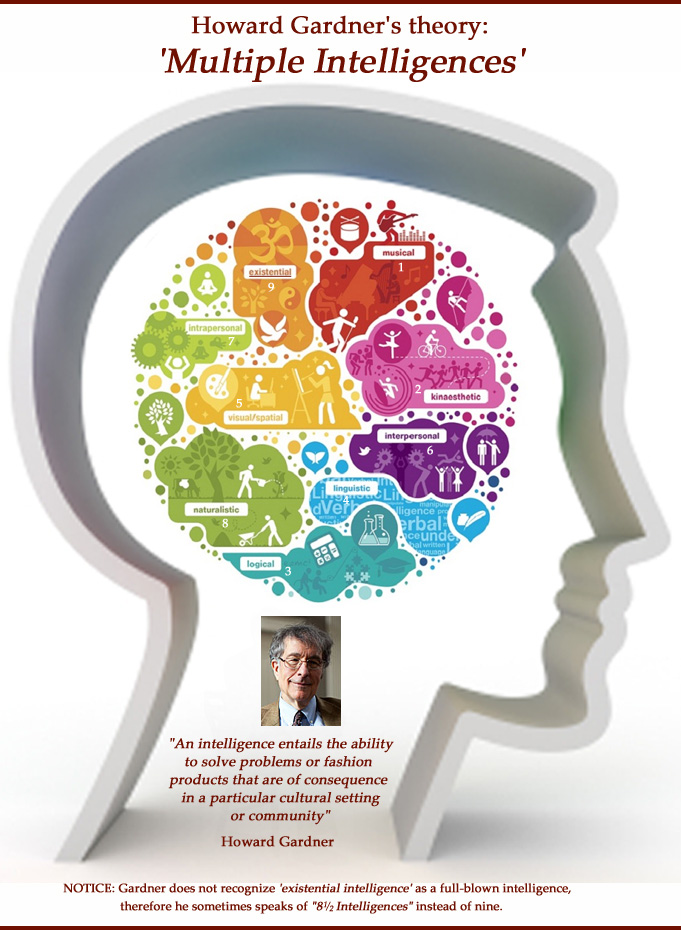
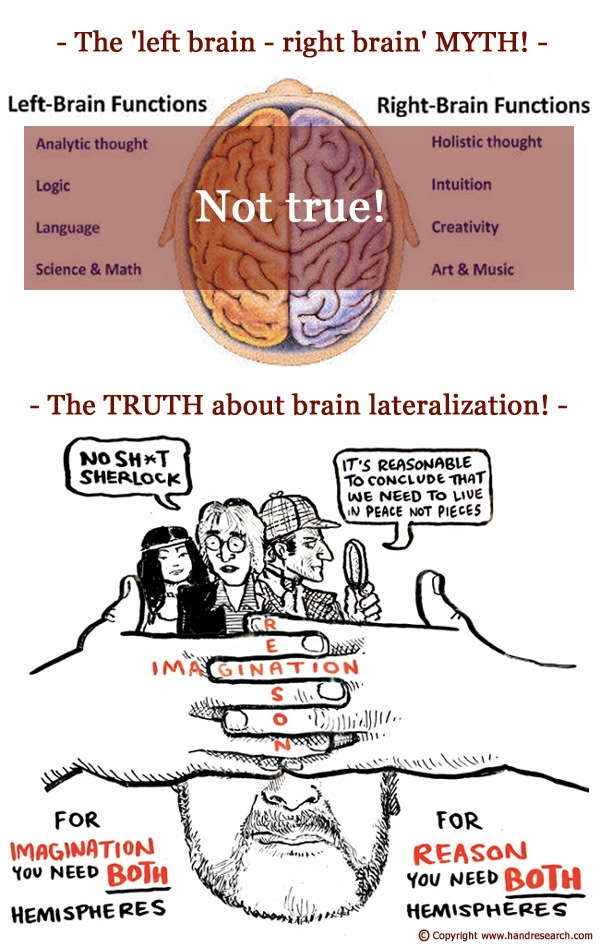
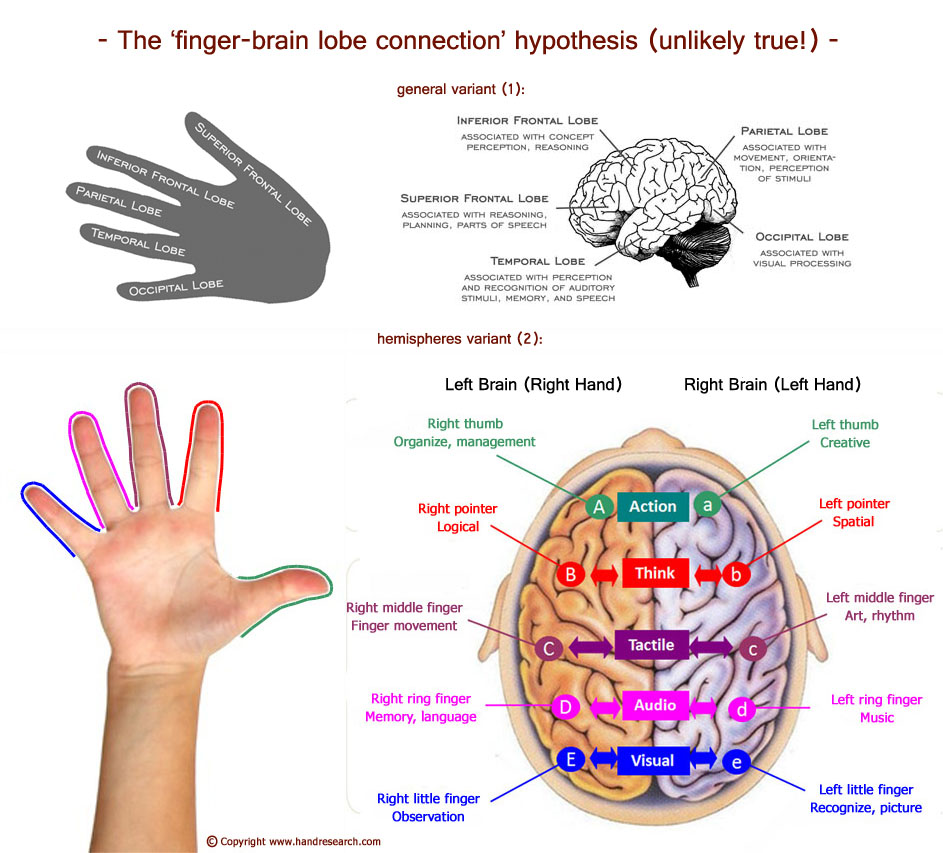
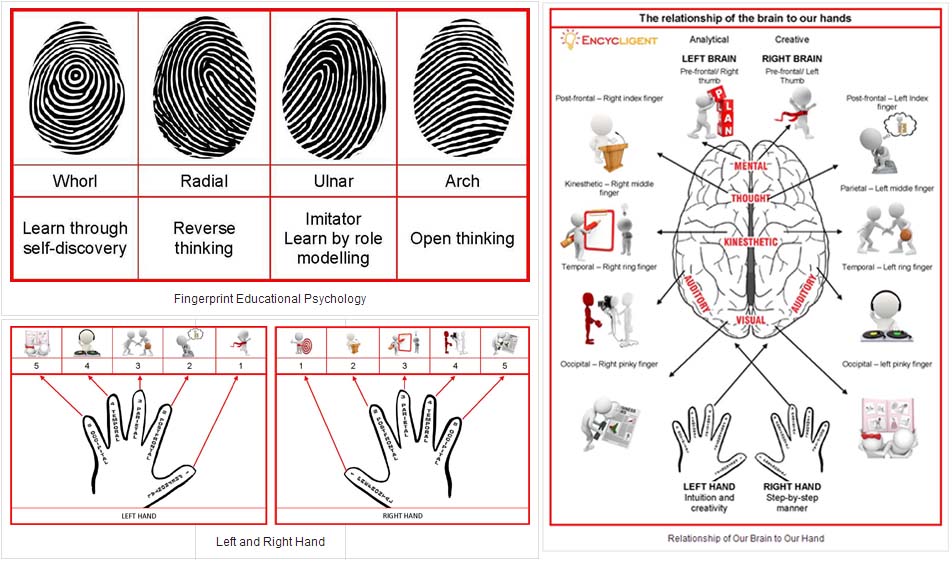
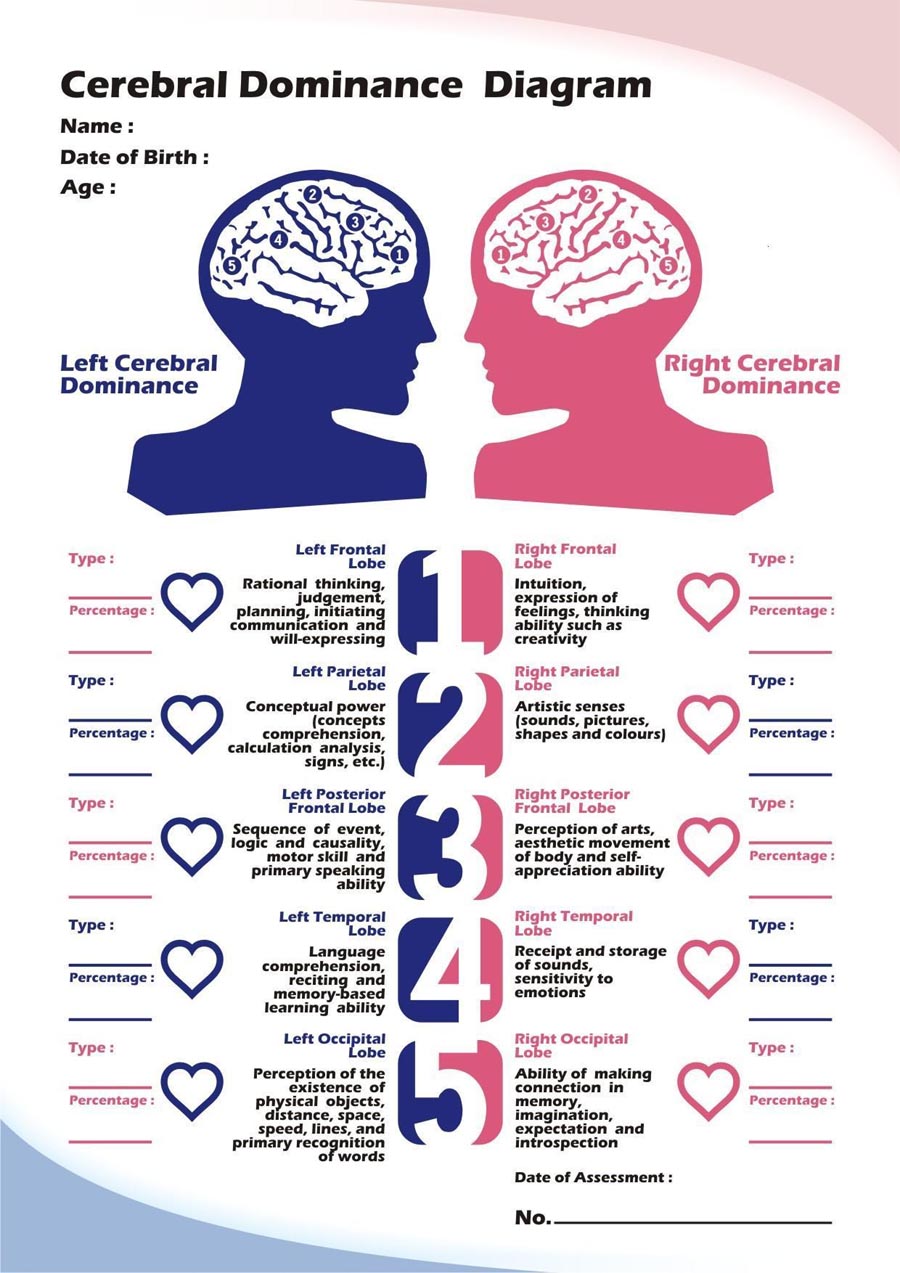
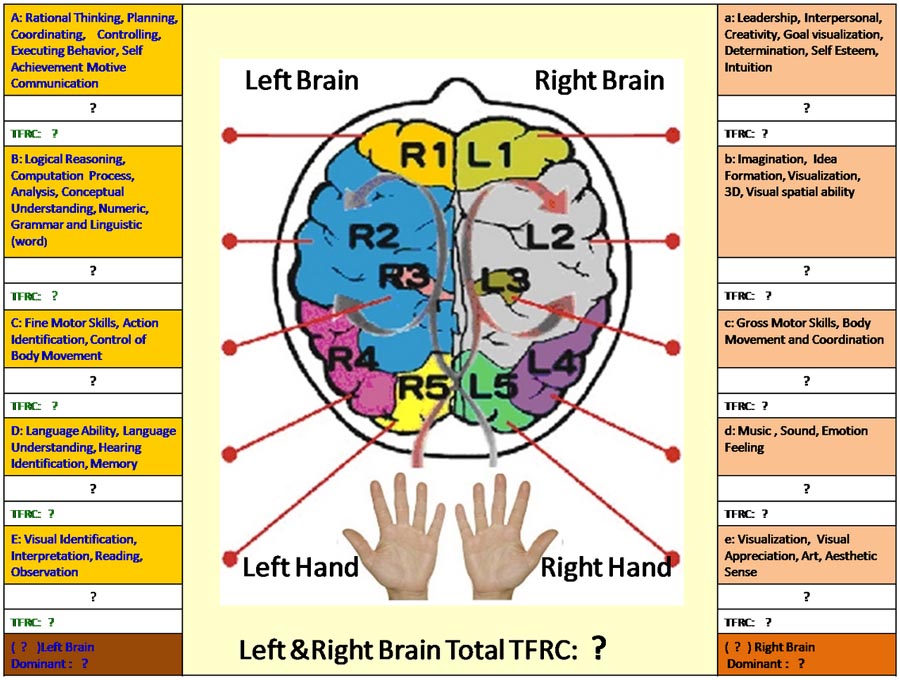
CONTENT:
• Dermatoglyphics Multiple Intelligences Test is constructed from 4 hypotheses!
• Major contributors to the DMIT theory!
• Mary Lai's hand-brain model vs. the DMIT hand-brain model!
• DMIT describes: 'Musical Intelligence' is found in the right ring finger
• Worrisome reports about DMIT
• 2017: Howard Gardner has distanced from DMIT tests (+ all other MI tests)
Professor Lin of WellGene Sciences Inc. claims to have started DMIT in 1994 in Taiwan and claims are made that DMIT is a patented scientific system to determine an individual's 16 Multiple Intelligences.
Unfortunately, DMIT can also be recognized to represent a speculative construction that is built on basically four (pseudo-scientific) hypotheses:
1 - DMIT is built on the 'multiple intelligences' hypothesis.
The concept of 'Multiple Intelligences' was introduced in 1983 by developmental psychologist Howard Gardner in his book 'Frames of Mind: The Theory of Multiple Intelligences'.
However, there are many arguments which suggest that Gardner's theory is not built on empirical evidence and is actually recognized as an example of pseudoscience; Wikipedia e.g. summarizes:
"To date there have been no published studies that offer evidence of the validity of the multiple intelligences. ... The theory of multiple intelligences has been conflated with learning styles. It is often cited as an example of pseudoscience because it lacks empirical evidence or fallibility. "

2 - DMIT is built on the 'left-brain vs. right brain lateralization' hypothesis.
The concept of the 'left-brain vs. right brain lateralization' became popular based on e.g. outdated findings from the 1970's and neuropsychologist Roger W. Sperry's 'split-brain experiments'.
Unfortunately, also this theory has a lack of support from brain research and is today known as an unfounded example of pseudo-science; a neuroscientists explains:
"The idea that the left side is "logical and analytical" and the right is "intuitive and creative" seems to be natural law. In fact, it may be the poster child for pseudoscience - something that looks like science but isn't.."

3 - The 'finger-brain lobe connection' hypothesis.
The origins of the 'finger-brain lobe connection' can be traced to Taiwan, and in specific the works of education Professor Lin & kindergarten principal Mary Lai.
Both appear to suggests that since the 1990's they have been working with the so-called 'finger-brain lobe connection' hypothesis - which suggest each fingers represents a brain lobe at the other side of the body.
Unfortunately, this theory can also be recognized to represent example of pseudo-science for various reasons; e.g. because brain research today points out that all five fingers have the strongest connection with only a small parts of the brain that is known to represent the so-called 'primary motor cortex' and the 'primary sensory cortex' (both are located at the central sulcus, which separates the frontal brain lobe from the parietal brain lobe).

4 - The 'fingerprint predicts behavior' hypothesis.
The origins of the 'fingerprint predicts behavior' can be traced to the field of palmistry.
US Palmist Edward D. Campbell describes in his very informative 1998 article 'Fingerprints & Palmar Dermatoglyphics':
"Noel Jaquin began to speculate about the psychological connections of fingerprints and individual subjects in print in 1933 as he wondered whether the whorl pattern, then commonly found on the prints of certain types of criminals, indicated some defect of moral perception that he would attribute to some psychological deficiency."
Unfortunately, there is no scientific evidence which provides evidence for the idea that fingerprint patterns (such as: whorls, ulnar loops, radial loop, tented arches & arches) correlate with behavior;
so far there are only studies available where results indicate that 'fluctuating dermatoglyphic asymmetry' may correlate with some aspects of behavior (usually due to developmental instability), however one should not misinterpret such findings as a clue that individual fingerprint patterns themselves also correlate with genetically determined talents or behavior.
The illustration below is a compilation of illustrations presented by Encycligent (which associates with Professor Lin's work).

The following people are often named to represent major contributors regarding the underlying theory of the 'Dermatoglyphics Multiple Intelligences Test':
- Mary Lai from Taiwan:
Mind Measurement Education Association
- Prof. Lin [aliases: Roger Lin; Ruei Bin, LIN; Jui Pin, LIN] from Taiwan:
WellGene Sciences Inc. -
Brain-Child learning partner -
Prof Lin interview (march 2013) -
dermatoglyph test system patent
- Zhai Guijun from China:
'Report on study of multivariate intelligence: measurement through dermatoglyphic identification' (2006 report)
Interestingly, in the work of the researchers there appears to be some dispute regarding how the fingers are connected with the brain. In Mary Lai's work the index finger (2nd digit) gets associated with the parietal brain lobe and the middle finger (3rd digit) gets associated with the posterior frontal lobe - see Mary Lai's illustration, first picture below.

However, in DMIT models the parietal brain lobe usually gets associated with the middle finger (3rd digit) and posterior frontal lobe usually get associated with the index finger (2nd digit) - see Esther Cheang's illustration, second picture below.

According DMIT 'Musical Intelligence' manifests in the hand through the left ring finger and is assumed to correlate with especially the right temporal brain lobe (see e.g. Esther Cheang's picture above).
However, a closer study of Howard Gardner's work reveals that his perception regarding how music correlates with the brain tends to focus on the right hemisphere as well;
however, in june 2012 Gardner published a paper on his blog which suggests that musical skill is not "localized" in a particular brain lobe:
"A brief consideration of the evidence suggests that musical skill passes the other tests
for an intelligence. For example, certain parts of the brain play important roles in
perception and production of music. These areas are characteristically located in the right
hemisphere, although musical skill is not as clearly "localized," or located in a specifiable
area, as natural language."
Actually, according the sate of cognitive neuroscience today research points out that music skills actually require the involvement of both hemispheres:
"Music is also processed by both the left and the right sides of the brain."
Additionally, the truth is that various brain lobes from both hemispheres are involved with the process of music:
- pitch involves both hemispheres the upper temporal lobe [primary auditory cortex] (+ auditory brainstem, inferior colliculus & auditory thalamus);
- fine pitch resolution involves more the right- than the left upper temporal lobe [secondary auditory cortex] (+ right planum temporale & right superior temporal gyrus);
- melody involves in both hemispheres the upper temporal lobe [secondary auditory cortex], slightly more on the right side;
- rhythm involves the left frontal cortex & left parietal cortex (+ the right cerebellum);
- tonality involves right auditory cortex, and for both hemispheres: the medial prefrontal cortex, the cerebellum, the superior temporal sulci, and the superior temporal gyri.
Also, Walter Sorell pointed out in 1968 that long ring fingers have been linked with musical ability for many years; during the past few decades John Manning described that this old finding has been confirmed by 2d:4d digit ratio studies which indicate that musicians tend to have by average a (slightly) lower index- to ring finger length ratio.
Unfortunately there are no scientific studies available at all which confirm that fingerprint ridge counts (or dermatoglyphics) correlate with 'musical ability'.
Conclusion: the correlation between musical talent and the ring finger was already known long before DMIT, and so far there is no (independent) evidence which confirms that this correlation is more significant for the right ring finger than for the left ring finger.
Therefore this aspect of DMIT represents likely just another glimp of a pseudo-scientific theory.
During the past few years various independent reports have been noticed which indicate that the marketing techniques used to promote DMIT have been questioned not only regarding it's validity,
but also regarding it's moral standards. The marketing techniques used to promote this (commercial) product is often focused on young parents in Asian countries which are known for relatively high competition between children to get access to education & career opportunities.
The following sources describe a wide range of problematic aspects concerning the 'Dermatoglyphics Multiple Intelligences Test':
- Prof. Narendra Nayak shows how DMIT also gets abused combined with other pseudoscience - India (9-21-2017):
'DMIT "... charts out the future career of the child" (false claim):
- Prof. Narendra Nayak describes DMIT to represent a "dubious pseudo-science" - India (9-21-2017):
'The DMIT scam' (including a letter send by Prof. Howard Gardner)
- Robert Chaen (writing about inspiring purpose, passion, and spirituality) describes why DMIT is a scam - Malaysia (9-26-2016):
'Scam EXPOSÉ - Thumbrule DMIT Dermatoglyphics Multiple Intelligences Test
- Krishna KumariChalla, A Ph.D. in Microbiology describes why DMIT is a scam - India (6-3-2016):
'Is the DMIT (Dermatoglyphics Multiple Intelligence Test) test a scam or real?
- Debate between scientists and DMIA-people (Dermatoglyphics Multiple Intelligence Analysis) - India (6-1-2016):
'DMIA: Pseudo-science catches the imagination of Indians more than anybody else in the world!
- Frauder calling fraud: "This is to bring to the notice of general public that there are many people with fraud intention in DMIT industry" - India (6-29-2015): 'Dermatoglyphics Fraud'
- DMIT reviewed by Umesh Bajagain - Nepal (9-24-2014):
'DMIT: truth or pseudoscience? - Part science, part non-science'
- DMIT reviewed by Professor Tracey Magrann, Microbiology Professor in Saddleback College - Los Angeles, US (11-30-2013): 'How reliable is Dermatoglyphics Multiple Intelligence Analysis DMIA?'
- Mind reader recognizes DMIT to represent a fraud, India (2-2-2013):
'DMIT: a fingerprint & dermatology analysis is supposed to tell you child's future career! #scam'
- DMIT reviewed by Clinical Psychologist/Psychotherapist in Gurgaon, India (9-7-2012):
'The "non-science" called DMIT'
- DMIT banned in Taiyuan, China (1-31-2012):
'Chinese city bans schools' palm-reading test'
- DMIT is likely a scam according sillybelieves.com (10-14-2010):
"So in conclusion, DMIT is most likely a scam because:... (6 reasons are listed)"
On september 20, 2017 has written in a letter (see below) that he does not endorse DMIT. Also, he has even stated that he does not endorse any sort of 'Mulitiple Intelligences' (MI) test; this statement can be understood well in the perspective of the fact that in 2000 Gardner had already acknowledged that there was "little hard evidence for MI theory".
Also, after Sternberg and Grigerenko had stated in 2004 that there were no validating studies for multiple intelligences, in the same year Gardner asserted that he would be "delighted were such evidence to accrue", and admitted that "MI theory has few enthusiasts among psychometricians or others of a traditional psychological background" because they require "psychometric or experimental evidence that allows one to prove the existence of the several intelligences."
This basically means that cognitive neuroscience research does not support the theory of multiple intelligences.
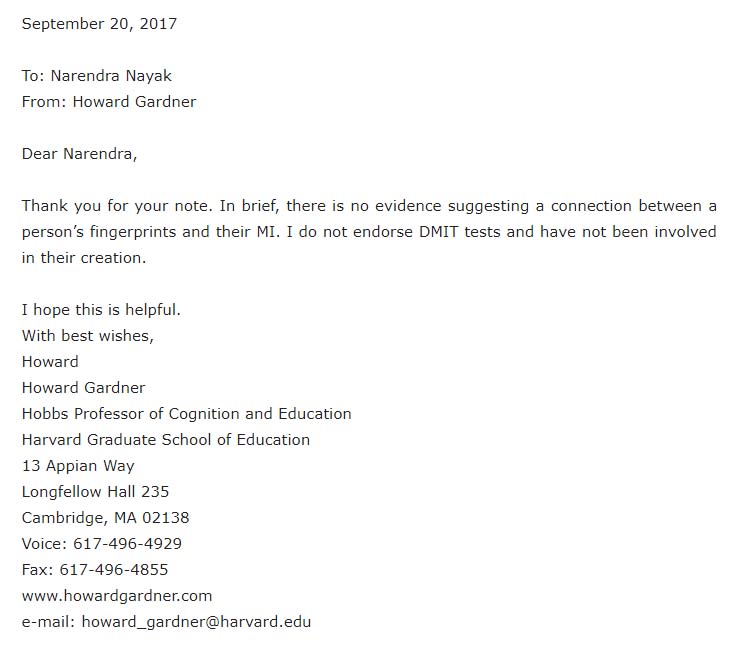
FINGERPRINTS & DERMATOGLYPHICS NEWS
FINGERPRINTS & HAND DIAGNOSTICS
HANDS IN THE NEWS
![]() FINGERPRINTS INDEX:
FINGERPRINTS INDEX:
INTRO: Fingerprints & Hand Diagnostics
• HISTORY of Fingerprints
• CLASSIFICATION of Fingerprints
• SEXE DIFFERENCES & Fingerprints
• ETHNIC DIFFERENCES & Fingerprints
• DISEASES & Fingerprints
• Fingerprints & BEHAVIOR!
• FINGERPRINT DISTRIBUTIONS on the 5 Fingers
• WORLD MAP of Fingerprints
• 10 Facts about radial loop fingerprints
• 10 Facts about arch fingerprints
• MORE NEWS about Fingerprints
• Dermatoglyphics Multiple Intelligence Test